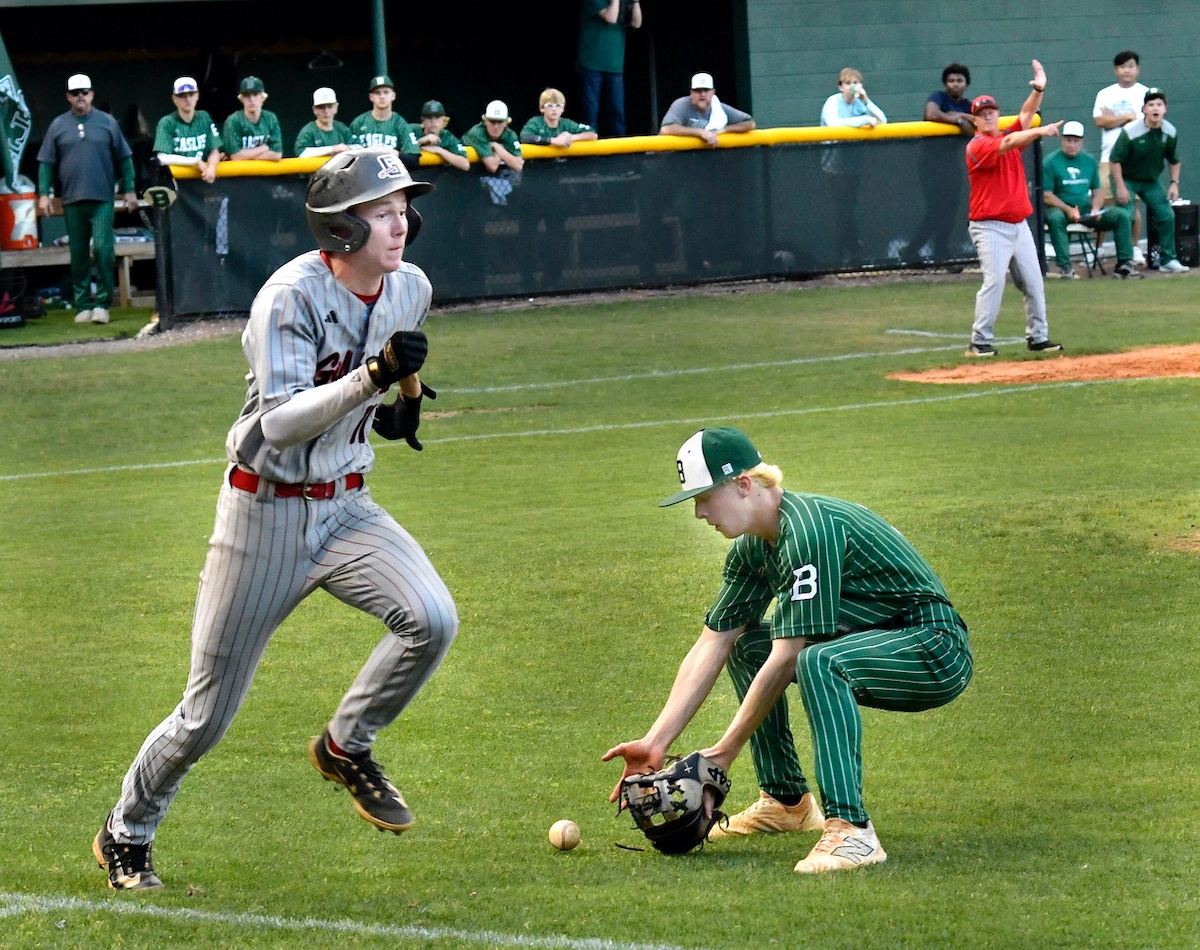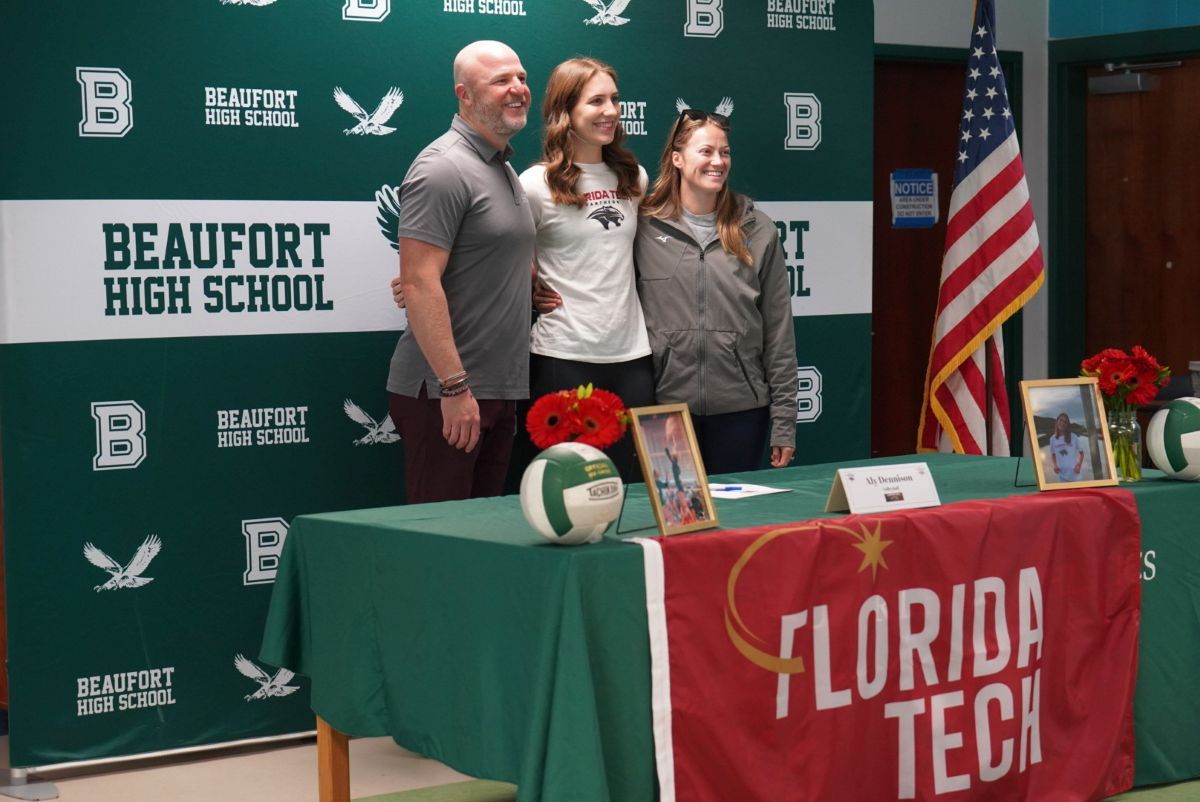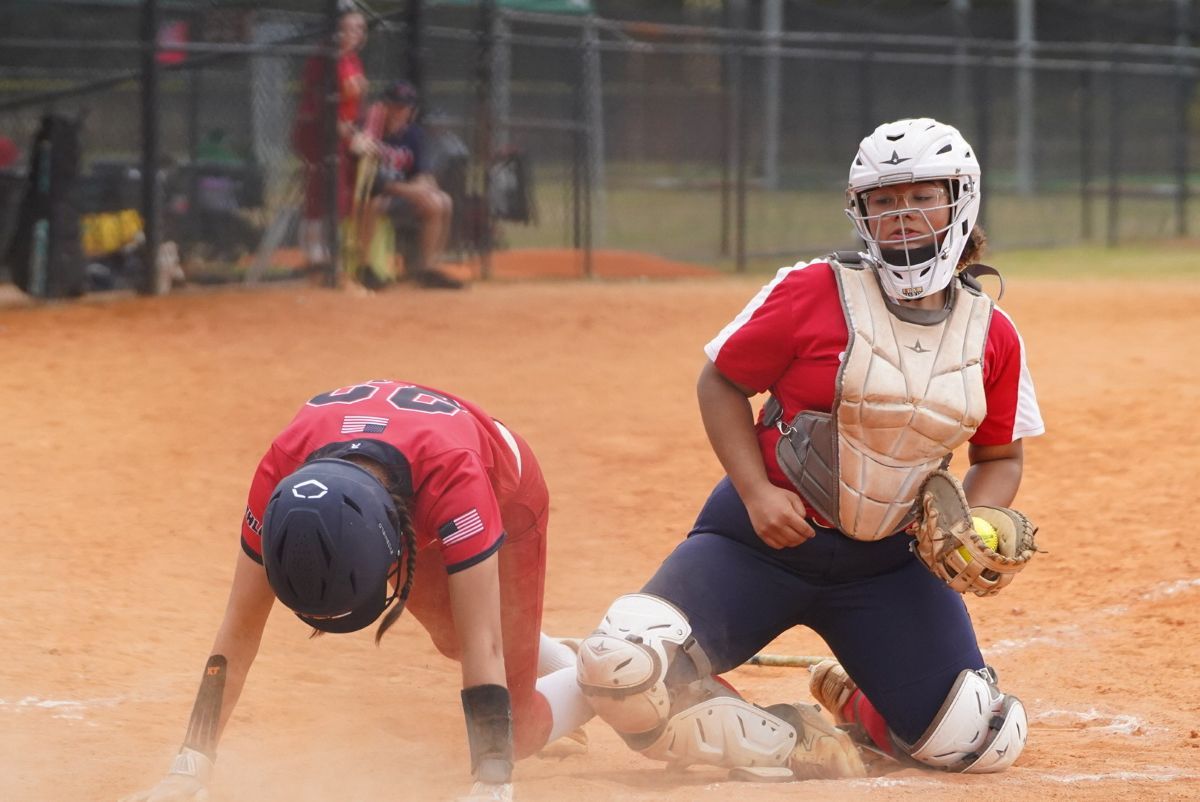By Cheryl Cooky
Though the college career of Iowa’s Caitlin Clark ended with a disappointing loss, the point guard’s record-breaking season helped fuel widespread interest in this year’s NCAA women’s college basketball tournament.
The women’s Final Four garnered higher television ratings than the men’s Final Four. Then the women’s basketball championship game between South Carolina and Iowa didn’t just draw in more viewers (18.9 million) than the men’s championship game the following night (14.8 million); it also had more viewers than every World Series game since Game 7 of the 2019 World Series and every NBA Finals game since Game 5 of the 2017 NBA Finals.
Does this represent another brief moment in the sun for women’s sports? Or will this shining moment extend far into the future?
Since Title IX’s passage in 1972, women’s sports have occasionally experienced big ratings and massive crowds. In 1983, nearly 12 million viewers tuned in as the University of Southern California, led by star forward Cheryl Miller, bested LSU in the basketball championship game. And more than 90,000 fans attended the 1999 FIFA Women’s World Cup final in Pasadena, California.
The media briefly focused on these events, before returning to business as usual: giving men’s sports outsized attention.
But this moment feels different. Many fans, journalists and scholars are wondering if this is the dawn of a new era of women’s sports, with more coverage, increased viewership, heightened interest and bigger investments continuing in the future.
The long eclipse of women’s sports
I’ve spent over 30 years studying the intersections of gender, sports, media and culture.
Since 1989, my colleagues and I have been tracking the quantity and quality of coverage of men’s and women’s sports on televised news and highlight shows. Every five years, we collect a new batch of data. We’re in the middle of collecting data for the eighth time, the results of which will be published in 2025. (In 2019, we added online and social media content to our analysis.)
In our samples, we’ve consistently found that women’s sports on televised news and sports highlight shows generally comprise between 3% and 5% of the coverage, measured in minutes and number of stories. Over the years, there have been a few spikes driven by high-profile international sporting events, such as the 1999 Women’s World Cup and the Olympics. The newsletters and social media accounts of the same networks in our sample also mirror the dearth of television coverage, with about 4% to 5% of the content focused on women’s sports.
Our findings are not unique. Hundreds of studies on the routine coverage of sports have similarly found that media coverage of women’s sports rarely exceeds 10% of total sports coverage. This is a recurring pattern across media platforms – print, TV, radio, social – in English-speaking countries.
Leapfrogging the gatekeepers
Yet while research on traditional media – television, newspapers, magazines – was relevant at the time of these studies, it does not fully capture the explosion of other ways to consume sports over the past decade.
Fans can watch highlights on X, formerly known as Twitter, and short-form video apps. Podcasts like “Hear Her Sports,” “The Gist of It,” “Tea with A & Phee” and “Attacking Third” directly appeal to women’s sports fans. Streaming platforms such as Fubo TV and Women’s Sports Zone on Roku offer a range of live women’s basketball and soccer games, which helps build and sustain a fan base. And niche media outlets centered on women’s sports, like Just Women’s Sports, offer a diversity of content and perspectives.
Women athletes, along with women’s teams and leagues, no longer need to rely on newspapers, magazines and TV networks to reach fans. They can simply directly engage with them on social media, producing and pushing content that bypasses traditional media gatekeepers.
Leveraging feminism
A few decades ago, conventional wisdom held that “sex sells sports.” Media executives focused on the sex appeal of female athletes to attract male fans and viewers. The thinking went that women simply weren’t interested in sports.
But my colleague Dunja Antunovic and I observed an important shift in sports media starting in the mid-2010s: the mobilization of feminism and principles of equality to promote and sell women’s sports.
In one chapter of our latest book, “Serving Equality: Feminism, Media, and Women’s Sports,” we focus on how women’s sports leagues and teams, as well as their corporate sponsors, have used the imagery, language and slogans of feminism and social justice movements to sell merchandise and tickets.
The WNBA has a long-standing commitment to racial and social justice, whether it’s through promoting the #BlackLivesMatter movement, mobilizing voters or advocating for reproductive justice.
During the 2018 season, the WNBA’s “Take a Seat, Take a Stand” campaign highlighted how proceeds from tickets would go to organizations that advocate for women. The video accompanying the campaign interspersed scenes of WNBA games with scenes from the 2017 Women’s March on Washington.
Meanwhile, Budweiser’s “We Won’t Stop Watching” and “It’s Worth Watching” campaigns during the 2019 Women’s World Cup and National Women’s Soccer League season directly addressed the lack of media attention for women’s sports.
In December 2023, University of South Carolina coach Dawn Staley popularized T-shirts featuring the slogan “Everyone watches women’s sports” – a flip of the dismissive excuse used to justify the lack of women’s sports coverage. The shirts were produced by the media and commerce company Togethxr, whose founders include current and former women athletes Alex Morgan, Chloe Kim, Sue Bird and Simone Manuel.
Being the change they want to see
While corporations and leagues deserve credit for highlighting the value of women’s sports, it’s also important to acknowledge how female athletes themselves have been driving change.
Caitlin Clark’s pursuit of the NCAA scoring record became must-see TV for millions of fans. The dazzling play of LSU’s Angel Reese, UConn’s Paige Bueckers, Southern California’s Juju Watkins and South Carolina’s Kamilla Cardosa – each now a household name – also contributed to the tournament’s record ratings.
The activism of women athletes through the years has also created visibility for women’s sports.
In March 2019, the U.S. women’s national team players sued the U.S. Soccer Federation for gender discrimination. In 2022, the two sides came to an agreement on a multimillion dollar settlement and a promise to equalize pay between the men’s and women’s national teams.
In 2021, Oregon’s Sedona Prince posted a viral video of the disparities in the weight rooms at the women’s and men’s 2021 NCAA tournament. The clip drew national media attention and prompted the NCAA to conduct a gender equity review.
Yet, gender disparities persist.
It was only two years ago that ESPN began broadcasting the entire NCAA women’s basketball tournament. Last year was the first year since the 1980s that the women’s tournament was broadcast on network television. The NCAA negotiated a television rights deal that permitted the men’s tournament to have its own contract, while packaging the women’s tournament with other NCAA championship games.
The gender equity review conducted in the wake of Prince’s viral post estimated the value of the women’s tournament to be between $81 million and $112 million. The NCAA had previously pegged the number at $6 million to $7 million. The new contract estimates the value at $65 million – an improvement, but still well below what the independent review estimated.
I don’t know whether this year’s tournament games are a harbinger of a new era or if they’re simply another example of the unevenness of social change in women’s sports.
But I find hope in the women athletes who are advocating for equality, in the diversity of media platforms that are correcting long-standing patterns of unequal media coverage, and in the voices of journalists and fans who are dedicated to telling stories about women’s sports.
This article is republished from The Conversation under a Creative Commons license. Read the original article.
Cheryl Cooky is a professor of American Studies and Women’s, Gender, and Sexuality Studies at Purdue University. Her interdisciplinary research examines the intersections of gendered dynamics, cultural representations, and sports contexts. She is the co-author of “Serving Equality: Feminism, Media and Women’s Sports” and “No Slam Dunk: Gender, Sport and the Unevenness of Social Change.”








